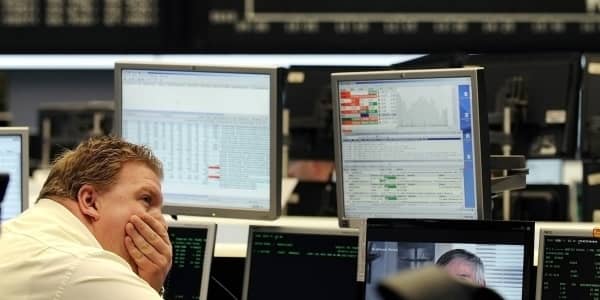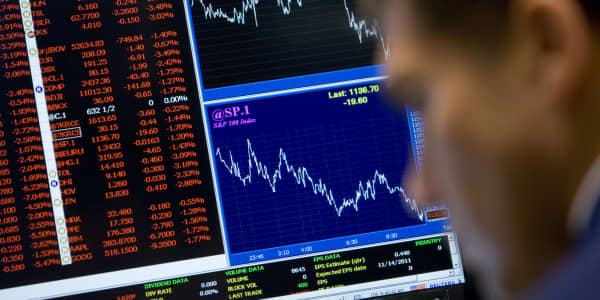High-frequency trading, HFT, instructs computers to exercise buy and sell orders in response to real-time market and news events. Because such rapid-fire, algorithmic trading is estimated to account for 70 percent of all equity trades, many fear that means HFT dominates equity pricing. Some claim HFT has turned the market into a casino in which fund managers and individual investors will invariably lose out to faster computers.
The fact that HFT accounts for a large share of daily trading does not mean it moves stock prices. Prices move in response to marginal changes in the bid and ask of prices, not in response to sheer volume. Big price moves generate big volume, not the other way around.
The common fear that HFT might generate massive, arbitrary gyrations in stock valuations is based on a fundamental misunderstanding of what these trading strategies are all about. The point of high-frequency trading is to react very quickly to tiny price changes in either direction —not to make big bets on big price changes in one direction. The plan is to observe and arbitrage (lean against) minute, temporary wiggles in stock prices in the hope of making a few cents on each share.
Pair trading, for example, involves identifying pairs of liquid stocks that generally moved together in the past, such as Exxon Mobil and Chevron, while betting that deviations \(“shocks”\) to that relationship will prove to be mean-reverting. If such bets happen to work out in the real world \(rather than in backdating games with past data\), this is said to be evidence the market is not 100-percent efficient—in the sense of instantly incorporating all public information.
Even if it were clearer than it is that HFT expertise could regularly outperform ordinary day traders on any given day, however, that would not prove computers can beat individuals and fund managers where it matters—namely, in longer-term investment returns.
If supercomputers run by PhD finance professors could beat ordinary investors, why have quant funds performed so poorly? As "The Wall Street Journal" recently noted "a group of 65 such funds tracked by investment-research firm Morningstar Inc. lagged behind 72 percent of their category rivals, on average, in the three years ended Aug. 27.”
Nearly all of the largest equity and bond mutual funds handily beat the S&P 500 over the past five and ten years, but not the quants. The quant funds don’t just focus on high-frequency arbitrage, but they surely could and would if it was really such an easy road to riches.
High-frequency trading is risky business, so it only makes sense if the expected return is greater than the risk-free interest rate on Treasury bills. Those who object to the large volume of high-frequency trading have a beef with the Federal Reserve, not with the traders. By pushing interest rates so ridiculously low on Treasury bills and bonds, the Federal Reserve is subsidizing HFT and other questionable investment strategies at the expense of prudent savers who are being denied any positive real return on safe and liquid assets.
Alan Reynolds, a senior fellow with the Cato Institute, is the author of "Income and Wealth."




